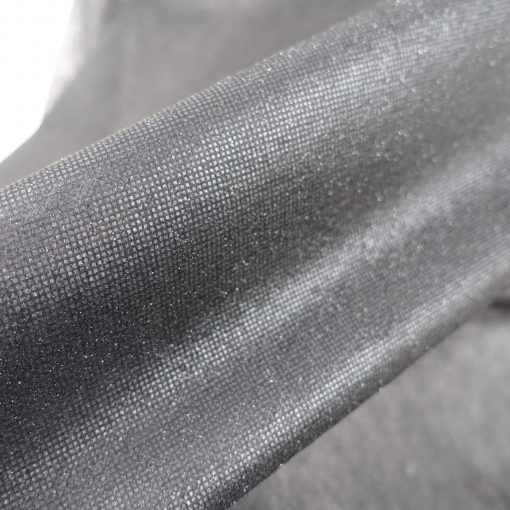Monofilament geotextiles have gained significant attention in the construction and civil engineering industries due to their impressive filtration and separation capabilities. They are made from a single strand of synthetic fiber, making them incredibly durable and resistant to damage caused by chemicals, UV radiation, and biological degradation.

In this blog post, we will explore the benefits and applications of monofilament geotextiles.
Benefits of Monofilament Geotextiles
1. Filtration
One of the primary functions of monofilament geotextiles is filtration. They are designed to allow water to pass through while blocking the movement of soil particles. This property helps to prevent clogging and maintain the integrity of structural systems, such as drainage systems and retention ponds.
2. Separation
Another crucial function of monofilament geotextiles is separation. They are used to keep different types of soils, aggregates, and geosynthetic materials separate. This property helps to enhance the stability and performance of construction projects, such as roadways, embankments, and retaining walls.
3. Increased Durability
The single-strand design of monofilament geotextiles makes them incredibly durable and resistant to damage. They can withstand harsh environmental conditions, including extreme temperatures, chemical exposure, and UV radiation.
4. Enhanced Puncture Resistance
Monofilament geotextiles provide excellent puncture resistance compared to other geotextile materials. They are commonly used for applications that require enhanced protection, such as landfill lining systems and geomembrane protection systems.
Applications of Monofilament Geotextiles
1. Roadway Construction
Monofilament geotextiles are commonly used in roadway construction projects to improve the structural integrity of the road system. They are placed over a compacted subgrade to prevent contamination of the base material from the soil particles underneath. This separation helps to increase the effectiveness of the drainage system and prevent water accumulation under the road surface.
2. Landfill Lining Systems
Monofilament geotextiles are also used in landfill lining systems to separate the soil from the waste materials. They help to enhance the stability and durability of the landfill’s containment system, reducing the risk of environmental contamination.
3. Retaining Walls
In retaining wall construction, monofilament geotextiles are used to separate the backfill materials from the structural components. They help to prevent water seepage through the retaining wall and maintain the wall’s structural stability over time.
4. Drainage Systems
Monofilament geotextiles are commonly used in various drainage systems, including stormwater management systems and wastewater treatment systems. They help to separate the soil particles from the drainage media, reducing clogging and enhancing the system’s performance.
Conclusion
Monofilament geotextiles are an essential component in various construction and engineering projects. They provide excellent filtration and separation capabilities, as well as enhanced durability and puncture resistance, making them ideal for a wide range of applications. If you are looking for a reliable and effective geotextile material, consider using monofilament geotextiles in your next project.
